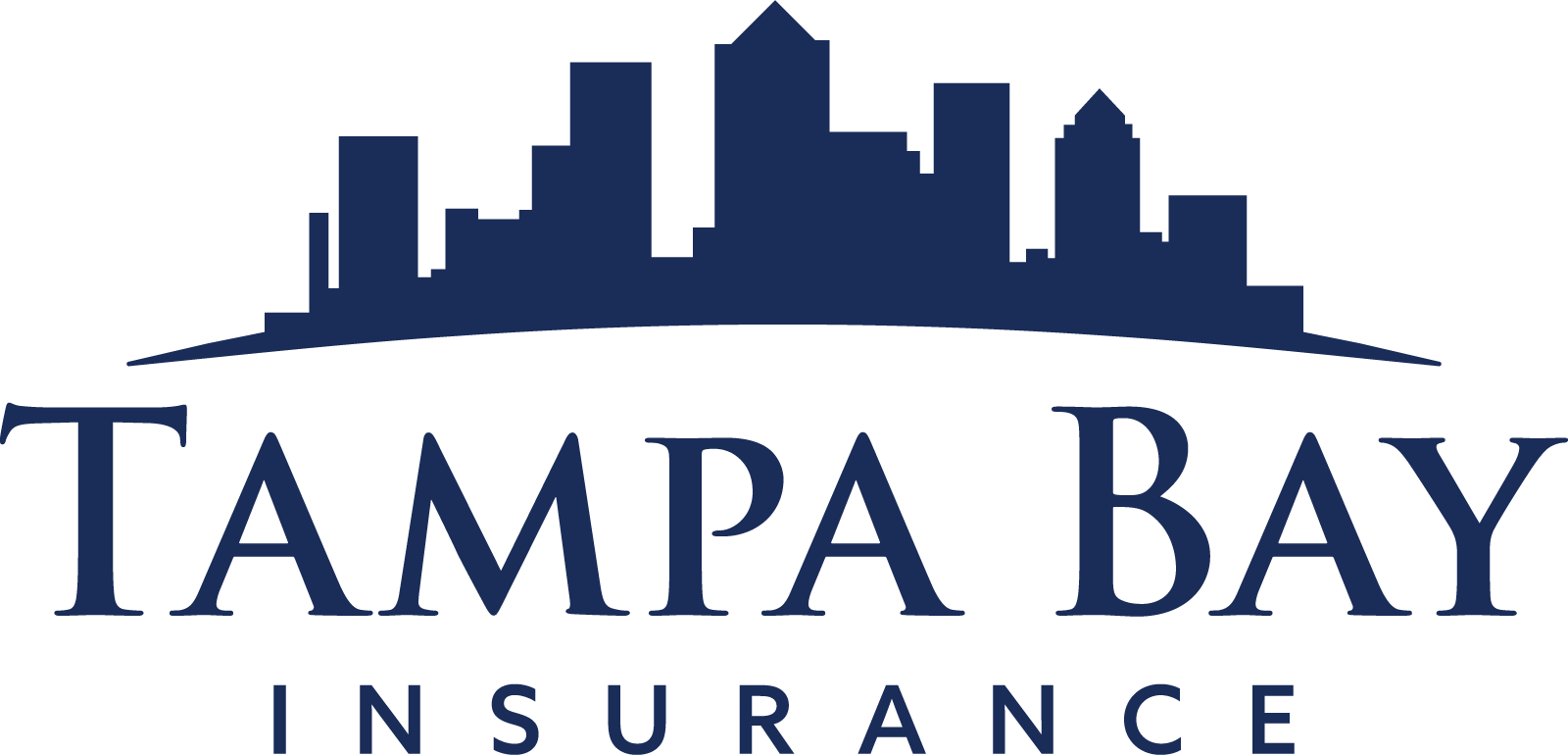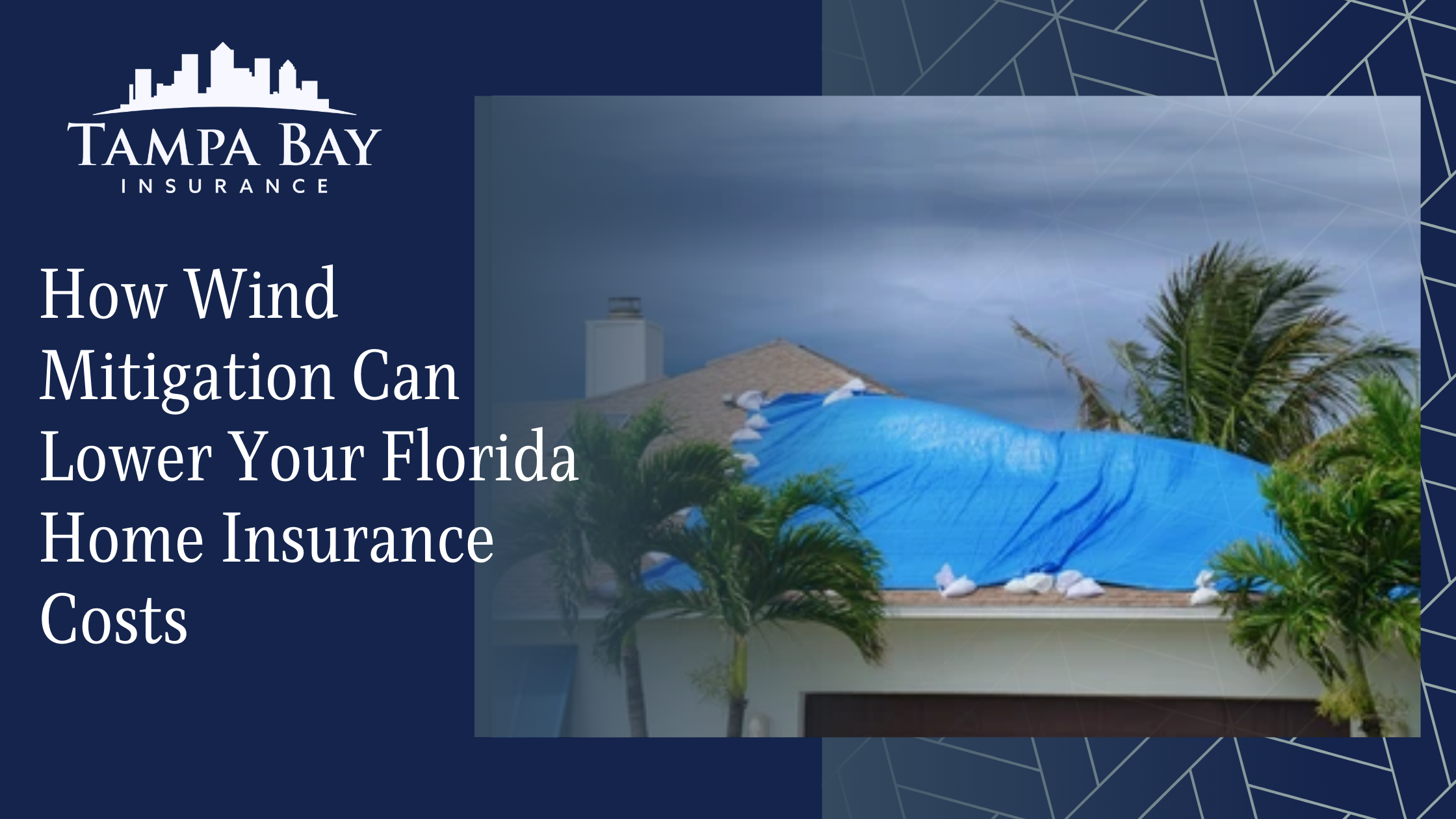Why wind mitigation matters in Florida
Hurricanes and tropical storms make Florida one of the most wind-exposed markets in the country. The single biggest lever most homeowners have to reduce premiums is a wind mitigation inspection and the credits it unlocks.
At Tampa Bay Insurance, we’re not home inspectors and we don’t perform inspections. But we do help you understand which home features typically qualify for windstorm credits and how to work with a licensed home inspector to document them properly for your carrier.
What is a wind mitigation inspection?
A wind mitigation inspection evaluates how well your home can withstand high winds and flying debris. A licensed inspector completes Florida’s standard form (OIR-B1-1802), documents qualifying features, and you submit that report to your insurer for potential premium credits. Savings vary by carrier and home, but many clients see meaningful annual reductions that compound over time.
7 wind mitigation features insurers reward
1) Age of roof
- Newer roofs (especially those installed to recent Florida Building Code standards) resist uplift better.
- Many carriers apply larger credits for roofs <10 years old (age thresholds vary by carrier).
2) Roof covering & underlayment
- Code-approved shingles, tiles, or metal covering installed to spec can improve ratings.
- Modern underlayment systems often perform better in wind events.
3) Roof-to-deck attachment
- How the roof sheathing is fastened to the deck matters (e.g., 8d ring-shank nails and closer spacing typically rate better than staples).
- Stronger attachment = less chance of decking failure in high winds.
4) Roof-to-wall attachment
- Clips, single/double wraps, or straps tying trusses/rafters to the wall top plate reduce the risk of the roof lifting off.
- Better attachment methods generally earn larger credits.
5) Roof geometry
- Hip roofs (slopes on all four sides) are more aerodynamic than gable roofs, often qualifying for bigger discounts.
- Mixed geometries may receive partial credit.
6) Secondary Water Resistance (SWR)
- An SWR is a self-adhering membrane beneath the roof covering that helps prevent interior water damage if shingles blow off.
- Verified SWR can unlock an additional credit.
7) Opening protection (often the biggest credit)
- Impact-rated windows/doors, storm shutters, or approved hurricane panels that protect all openings (including garage doors, sidelights, and skylights) typically earn the largest premium reductions.
- “All openings protected” is key—partial protection may receive smaller or no credits.
How to qualify for wind mitigation credits
- Schedule a licensed inspection
Ask for a Florida wind mitigation inspection using the OIR-B1-1802 form. - Gather documentation
Roof permits, contractor invoices, manufacturer specs, and photos help your inspector verify features (SWR, clips/straps, impact ratings, etc.). - Submit your report
Send the completed OIR-B1-1802 to your carrier or to us—we’ll help you make sure all eligible credits are applied. - Plan improvements (optional)
If your report reveals gaps (e.g., no opening protection or older deck attachment), we can discuss which upgrades usually produce the best ROI in premium savings. Final decisions should be made with your inspector and contractor.
Note: We’re not licensed inspectors and don’t provide construction advice. We’ll help you interpret credits and coordinate next steps with a licensed home inspector and your carrier.
FAQs
How much can I save with wind mitigation?
Savings vary by carrier, year built, and features. Clients with multiple qualifying items—especially opening protection and hip roofs—often see the largest reductions.
How long is a wind mitigation report valid?
Many carriers accept reports for 5 years (policies differ). You’ll typically need a new report after major roof work or when the report expires.
Do I need to upgrade everything at once?
No. Many homeowners start with the highest-impact items (opening protection, roof upgrades during replacement) and revisit other features later.
Get help applying your wind mitigation credits
Want a second look at your policy and potential wind credits? We’ll review your situation and coordinate with a licensed home inspector if needed.
CTA:
- Request a Florida Home Insurance Review
- Or contact us via the site: Get a Quote »

